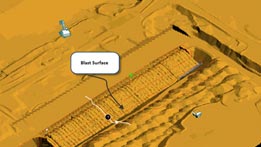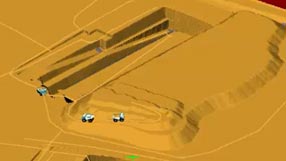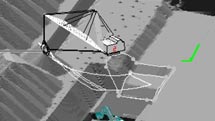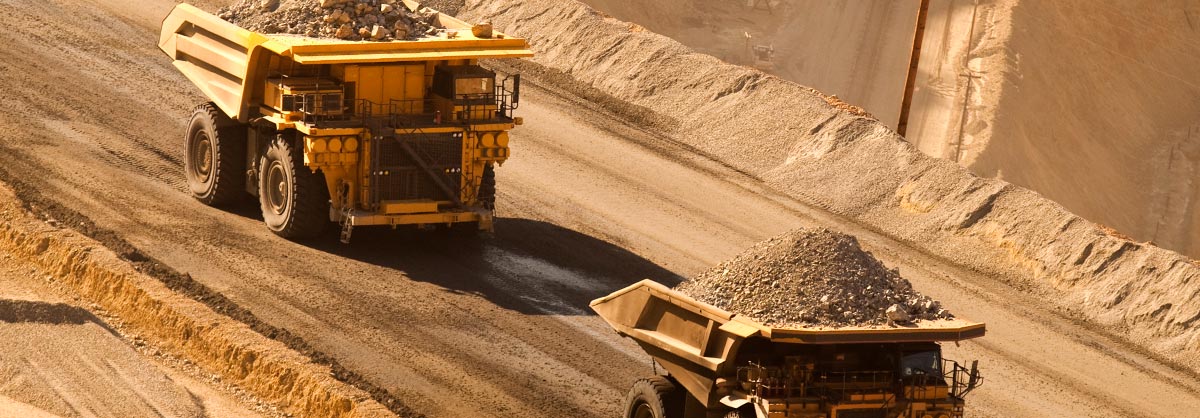March 2019 Issue Index
Reclamation bond optimisation
Optimising reclamation bond designs through 3D simulation increases the overall efficiency of mining and has a measurable cost-benefit.
A reclamation bond ensures that companies extracting resources restore and clean up the site during and after the project. This is becoming increasingly important, and is a large capital expense for operations.
Simulation software such as 3d-Dig from Maptek partner Earth Technology can solve challenges around meeting the requirements of the reclamation bond guidelines, giving more accurate results than conventional 2D CAD methods.
Traditional design methods based on 2D contours can guarantee final slopes, but the process is time intensive and designs can also be difficult to balance.
Using uniform grades for all slopes ensures that compliance is met and makes reconciliation easier. While this generic approach is obviously a quick way of creating a bond surface, it hides subtle details for optimisation.
Difficulties arise when trying to balance the design. Maintaining the cut/fill balance through the volume and reserves calculations is challenging, and extra time is then spent justifying the balance. It is also often necessary to take an extra cut to achieve the balance.
Standardised reclamation bond methods can be used by first picking practical equipment and excavation techniques, and then analysing the cost benefits of certain techniques.



Benefits of simulation
Using 3d-Dig simulation software streamlines the process and provides a more realistic design that can be effectively mined.
The simulation clearly shows how material is transported to design or depletion. Balance checks are made simply, as excess fill remains in the material log.
The visual environment decreases the learning curve for users and improves communication. Simulation videos are easily created to share with management, shareholders and regulators.
In the case study, a generic pit design was used, with an 11° slope over an area of 1 million sq. metres (~250 acres). A swell factor of 1.1 was used for volumes. Different approaches – 2D CAD, reshaping and simulation – were compared following standard guidelines.
Simulation resulted in 19% less material moved and a 50% total saving.
There are several reasons why the simulation method is better, besides being easier to use. It replicates real world conditions, pushes can be localised to shorter lengths, and each zone can build into others.
| 2D CAD | Reshaping tool | Dozer Simulation | |
|---|---|---|---|
| Total cut | 92,500 LCM | 95,600 LCM | 75,700 LCM |
| Average distance | 149 m | 89.5 m | 90 m |
| Cost | $91,000 | $56,700 | $45,000 |
| Time | 70 minutes | 5 minutes | 15 minutes including reshaping |
Conclusion
Mining has an impact on the environment, and companies have a responsibility to ensure that the land and water are safe for future generations of people, plants and animals. A reclamation bond is a safeguard to ensure that remediation of the mined area is carried out to a high standard.
For the mining company, it makes sense to optimise the reclamation designs so that the work is cost-effective. Simulation software provides a 3D solution to a 3D problem.

